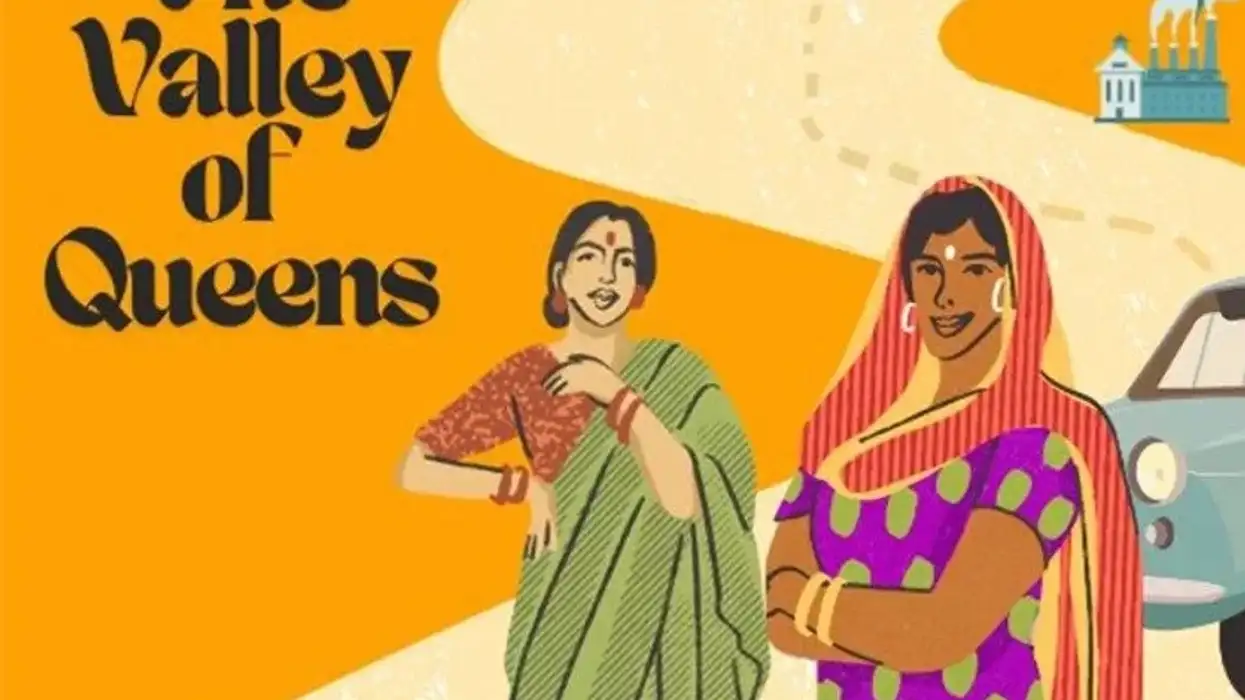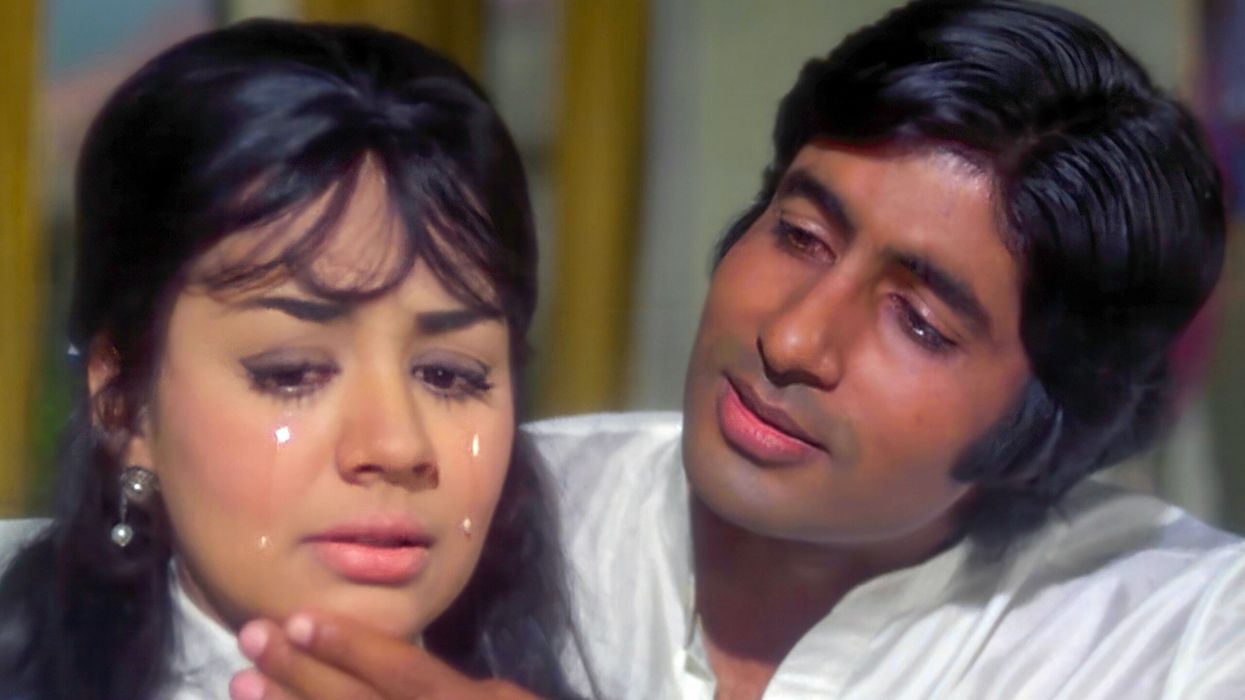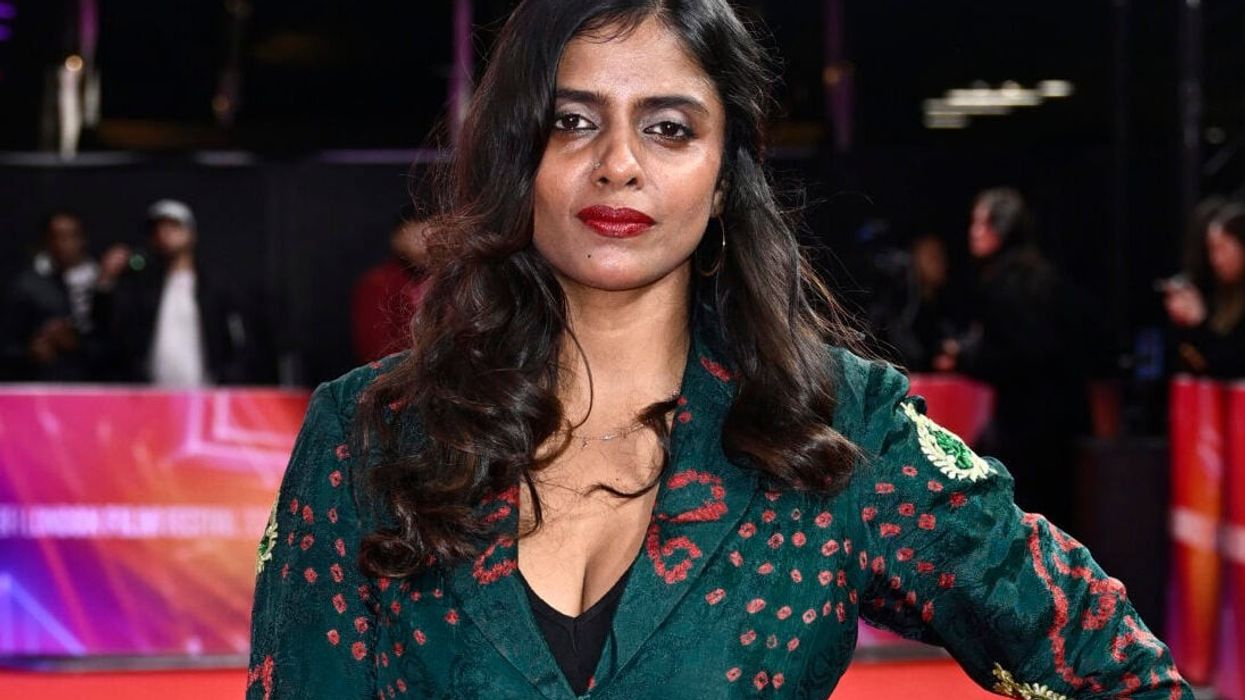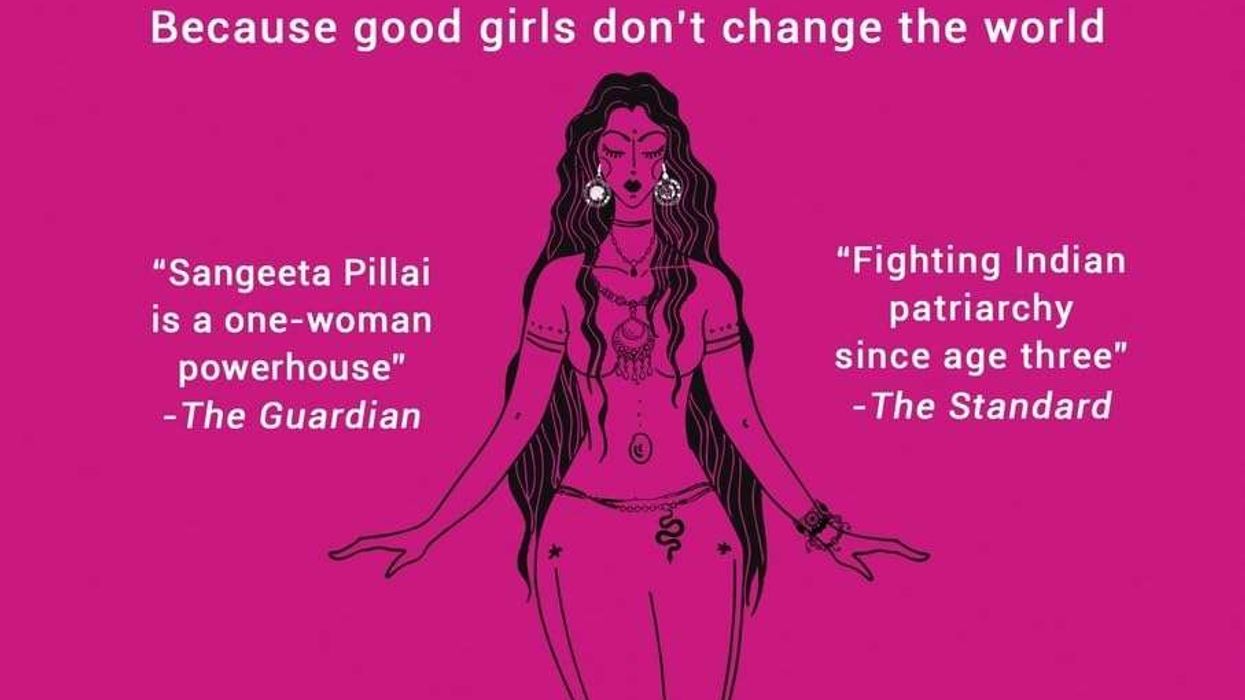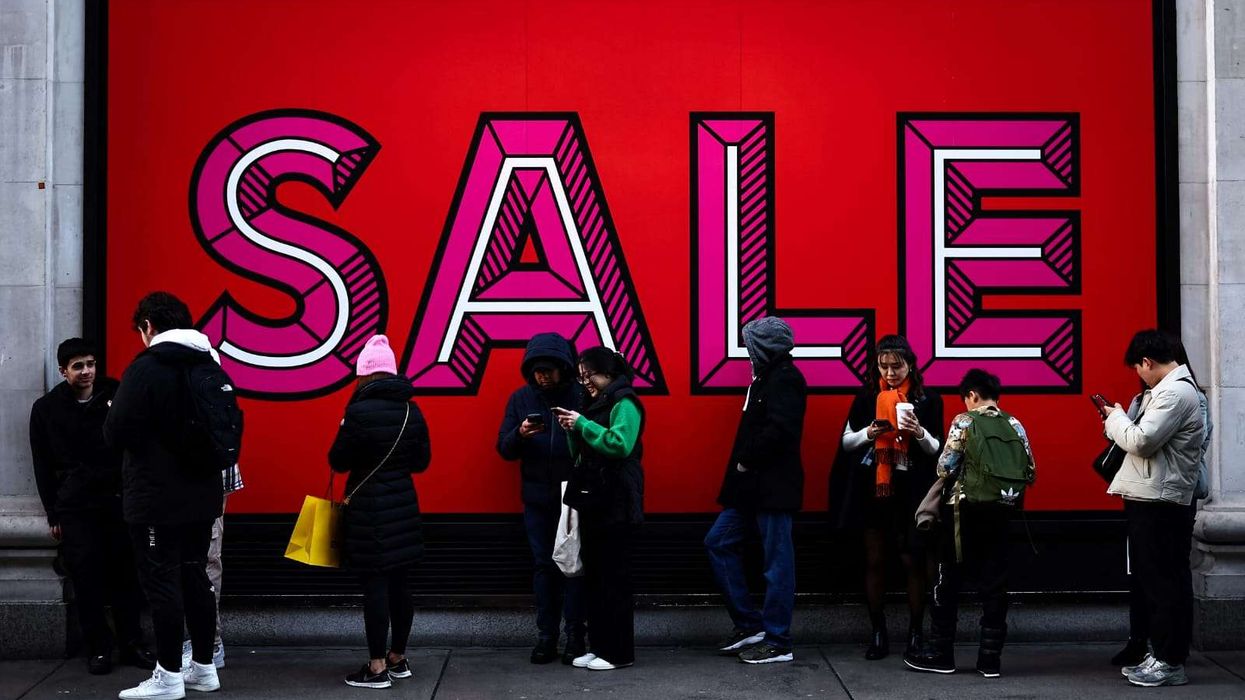COMPOSER AMAAL MALLIK TALKS ABOUT HIS DEADLY SONG SUCCESS, RAPID RISE AND BIG FUTURE HOPES
by ASJAD NAZIR
ONE of the brightest lights in world music is Indian star Amaal Mallik.
The massively popular singer, songwriter, composer and musician has had a remarkable rise in a short space of time, with a wide array of hit songs. The versatile 29-year-old has shone brighter with each song release and taken his family’s musical legacy to new heights. That impressive start is already a sign he has a very long career ahead of him.
Parallel to creating cool music, he has also developed a strong reputation as a live performer and formed an unbreakable bond with a rapidly growing fan base. This has not surprisingly turned Amaal Mallik into one of the busiest artists around and so, it was a challenge to pin him down for an in-depth interview.
When Eastern Eye did catch up with the in-demand star, he happily spoke about his journey, music, singing-star brother Armaan Mallik, future hopes, inspirations and more.
How do you look back on your musical journey?
The journey has been lovely. People have been kind and accepting. It’s been very overwhelming and I’m really grateful. Having said that, the answer to this is I actually only look forward to what’s next. Looking back regularly can slow you down and hinder clarity. Hence, I’ve believed in putting things behind me so that I eye my next step with clarity.
You have delivered many hits. Which is closest to your heart?
You’re asking me to choose from my babies and can only imagine what a task it is. After some real thinking, I’ll say Main Rahoon Ya Na Rahoon because that song connects me to my grandfather Shri Sardar Malik, who began this beautiful lineage of lovely music for my whole family and I. It was a tribute to him, and a really honest and pure melody. The writing by Rashmi Virag is immortal, and the soul with which Armaan sang it makes it really special.
Are you able to tell if a song will be a hit in the studio?
With experience, you can definitely tell if the song is sounding good and if it is up to a particular bar set. Whether that song will become popular (streaming or views) is something nobody can predict just by listening to it. The audience has and I guess will always surprise us. It keeps me on my toes and that’s a good thing. Getting too sure about a song hinders the approach and you start heading towards too many safe houses.
Tell us more…
My aim is to always make a simple song, with a simple yet rebellious thought, and maybe try a trick or two by infusing two or more genres to create a relevant yet new-age production. Formulaic songs work, but don’t survive in the long run.
Have any of your songs ever exceeded your expectations?
Sure it happens. Both cases happen! In both cases, instead of feeling over or underwhelmed I gauge what worked and why, so I can keep my voice intact, but also understand an audience’s pulse. I never thought Sooraj Dooba Hain would last six years and still be one of the most loved anthems of mine. I thought Jab Tak from the Ms Dhoni soundtrack and Roke Na Ruke Naina from Badrinath ki Dulhania were really special, while the marketing teams of those films didn’t think so, but both songs won hearts. They are still two of my most loved songs, and their success made me believe in always trying my hand at new genres and melodies.
Do you have a set method of creating a song?
No, I do not have a set method to create a song and hope, I never create a song methodically. A method can really hinder one’s creativity in my opinion and can really make one doubt what’s good and bad. When you set out with a formula, you’re predetermining and that’s a habit nobody wants.
You are also a great singer, how much does that help when you are working with other singers?
I’m not a great singer. I’m a composer that can sing just enough for a singer to know what is needed. A composer’s main challenge is to use another singer’s best capability and make them find the optimal point for their song. For that, more than singing, one needs to have a strong sense of melody and how that melody can then find its branches. Once you figure that out, giving direction becomes a lot more efficient and easy.
Talking of other singers, what do you most admire about your brother Armaan Malik as an artist?
Armaan to me, is like water. I haven’t heard him sound the same with two different composers. It’s because along with having his technical side so sorted out for himself, he is a very good listener. He is quick to see what the song brings and his delivery is always on point. Speaking about his voice quality and singing prowess will just be like calling a spade, a spade! He is versatile, very young and already the leader of the current Indian pop scene, and can sing in so many languages. The way he is expanding his horizons is amazing.
Why don’t you sing more songs?
I choose my singer after a composition is ready, and usually come up with songs that don’t suit my singing style or vocal texture, hence I always have a true blooded vocalist helming the major chunk of my songs. I have a thirst to get the right vocalist for my melodies and the search never stops. Armaan (Malik) and Arijit (Singh) have sung most of my ballads, but I’ve had successful collaborations with Vishal Dadlani, Mika (Singh), Sonu Nigam, Shreya Ghoshal, Shaan, KK, Neeraj Sridhar, Neeti Mohan, Aditi Singh Sharma, Neha Kakkar, Sukriti Kakar, Prakriti Kakar and Badshah.
What is your musical master plan going forward?
Well, our business doesn’t allow you to have those plans you speak about. I just live life with an open mind and plan to do so in the future as well. I let ideas come to me and don’t wish to ever block them. As much as planning sounds good, it makes the journey boring and I’m anti-boring. I don’t even leave any stone unturned to make my musical interludes or outro music sections melodious. So I like to go with the melody, breathe in the lyrics and write the arrangement, and production around it. Dreams, yes! I have dreamt to helm the soundtrack of a film and the MS Dhoni soundtrack did that for me. My next almost exciting score will be the Saina Nehwal biopic with Amole Gupte.
Who would you love to work with?
In terms of singers, I would love to work with Udit (Narayan) Ji, Abhijit, Sunidhi (Chauhan), Kumar Sanu and Honey Singh someday. In terms of filmmakers, Imitiaz Ali, Ashutosh Gowariker, Karan Malhotra, Rajkumar Hirani, Shaad Ali, Meghna Gulzar, Zoya and Farhan Akhtar, and Sanjay Leela Bhansali are people whose work I connect to and look up to.
Do you see yourself doing work in the west in a major way?
Yes, sure I do. I think we have a hybrid sound of our own and can definitely write music that will very naturally be different, and fresh for the west. So yes, if the opportunity comes my way, like it did when U2 toured India and I was asked to reproduce their big hit Beautiful Day, which featured Yash Narvekar from India alongside Bono. U2 really connected to my version and expression of their song, as I fused Indian elements into their classic. I would love to score for movies and video games in the west.
What music dominates your play list?
Madan Mohan, Alan Silvestri, Hans Zimmer, James Horner, Porcupine Tree, Imogen Heep, Seal, Rd Burman, Pritam and AR Rahman.
You are becoming a musical hero, but who is your own hero?
I will have to start off by naming my grandfather, Shri Sardar Malik. Followed by my father, the one who smiled through his pain and struggles. His failures never managed to come between his role as a father and husband. These people have carved my sensibilities and set me some very elite bars, musically and personally, and to make sure that you never tire down after a failure or success.
What is the best advice you ever got?
‘It’s one life, why think twice’ (Manoj Muntashir). It’s a line from my song in the Saina Nehwal biopic, which is penned by Manoj Sir.
What are your other passions?
Football, cricket and sometimes just a lovely bout of conversation with friends keeps the ball rolling. It’s important to switch off once in a while in order to reboot and approach things with a recalibrated mind.
What inspires you?
A heartfelt melody, the rustle of leaves, an honest emotion, the silence of the night, my morning coffee and the rain all contribute to my music.
If you could master something new in the field of music, what would it be?
Maybe learn the guitar if I’m not too lazy. I’ve learnt a little bit of the mouth organ.
If you could ask any artist, alive or dead, a question, who would it be and what would you ask?
Michael Jackson! Where are you? Please come back. I just can’t believe he is gone.
Why do you love music?
Music actually is liberating. It can transport you, it can make you think and perceive the world differently. To be able to make music doubles this high, because the intricacies are even more transcending.
Would you give a message to your fans?
I just want each of them to know that they mean the world to me and it’s for them that I do what I do. The response is humbling and makes me only work harder. I couldn’t be grateful and I’d like to thank each one of them.

